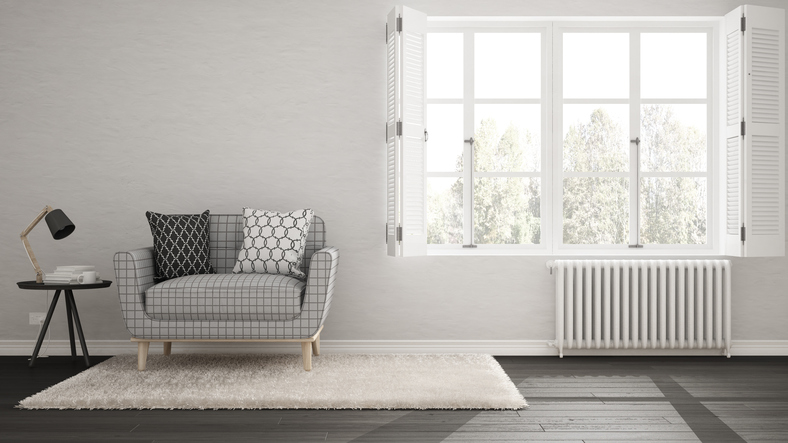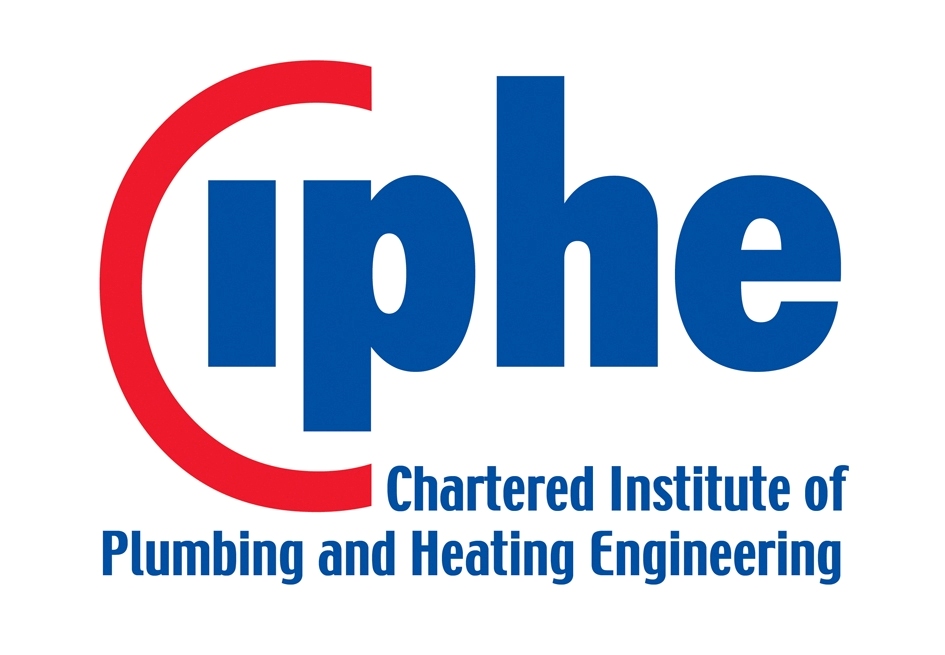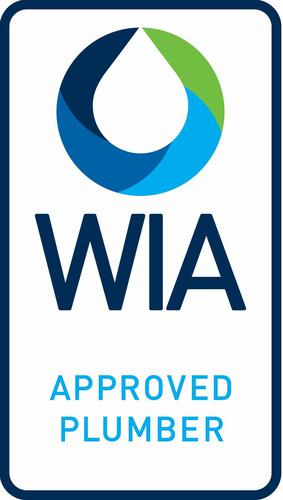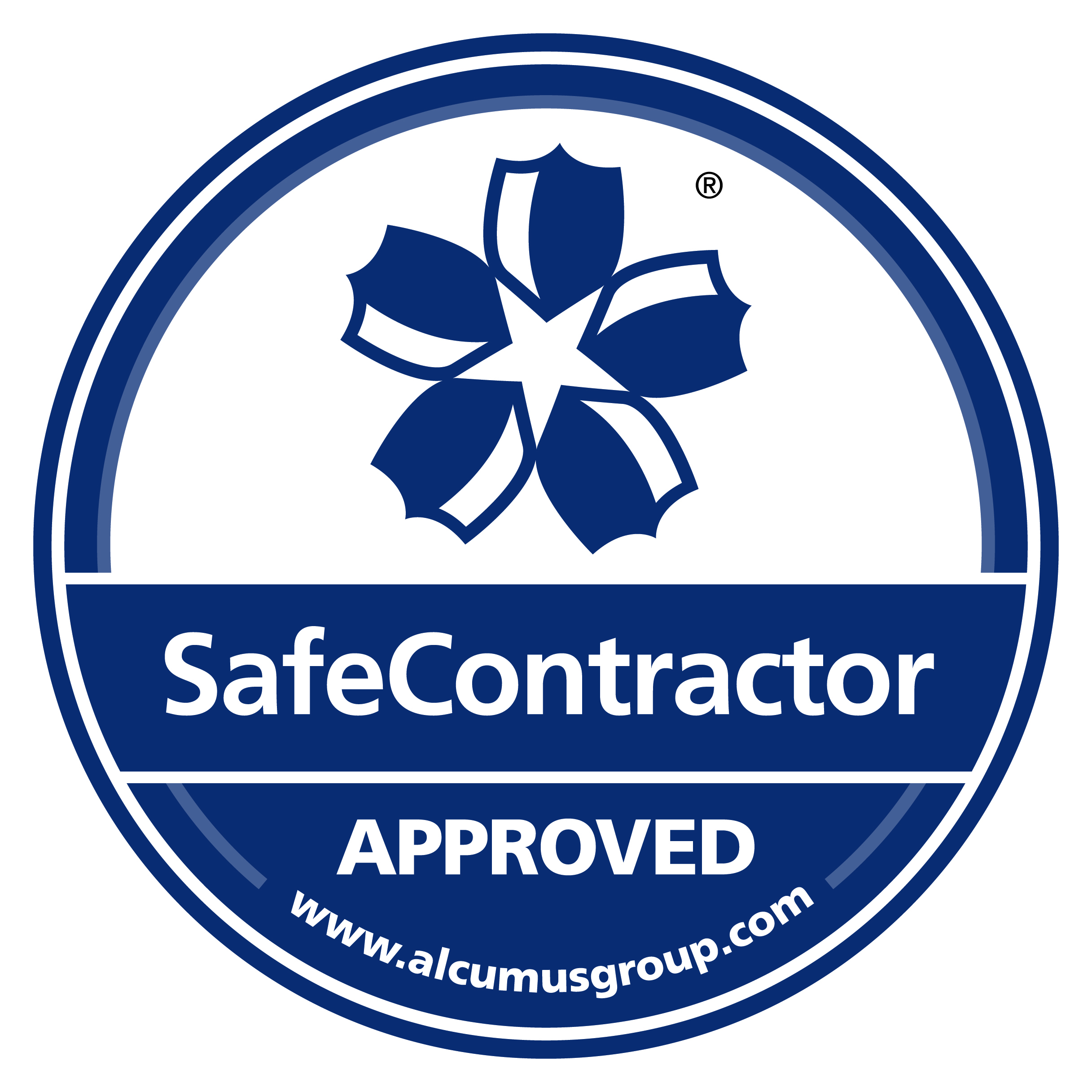Business, Schools, Universities, Colleges, Local Government and industrial premises appreciate the benefits of running a reliable and energy efficient organisation but one of the most important areas overlooked and one that can offer the greatest savings are the heating systems.
A- rated condensing boilers are universally recognised as energy efficient and have a big impact on energy bills.
The one major component often overlooked is the humble radiator.
Many businesses assume that the replacement of old radiators (rads) with new and more energy friendly will cost a lot of money.
Yet consumers fall foul of this false economy because they don’t realise how much money they can save on their energy bills by replacing their radiators.
If they do decide to change them there is a tendency to choose the same manufacturer or type again without realising the potential cost and energy saving benefits.
There has been so much hype about alternative forms of heat emitters within the domestic and commercial sectors that you might think the good old rad has lost its place, but this is no longer the case.
Today’s radiators are very different they are capable of being more energy efficient and provide higher levels of heating.
The last twelve years has seen the greatest development in radiator technology due to improved quality requirements such as ISO 9001, ISO 14001.
Radiators manufactured prior to 2000 can be up to 50% less efficient than modern rads due to the increased surface area of newer radiators.
Modern rads offer more energy efficiency because they heat up more quickly due to lower water content around 24% less water in newer radiators than in those dated pre-2000.
 They also heat up and cool down more quickly than underfloor heating offering greater flexibility and controllability.
They also heat up and cool down more quickly than underfloor heating offering greater flexibility and controllability.
The arrival of K3 radiators – three panels, 3 convection fins has provided even greater heating and efficiency benefits from radiators with the same footprint.
These serial radiators work equally well with traditional boiler heating systems and with renewable systems like ground source and air source heat pumps.
Commercial heating and plumbing companies have an important role to play in educating customers by replacing older radiators with modern convector radiators which will result in greater savings on heating bills and greater energy efficiency.
Boiler replacements are to commonly recommended to the consumer with little regard for the radiator.
Replacing one or two old radiators won’t improve the heating system.
But replacing old radiators and installing a new boiler will offer a range of improvements.
Clean new radiators are more energy efficient by design than their pre-2000 predecessors.
Smaller rads are capable of producing greater heat than the bigger and older ones being replaced.
The future of the radiator
Radiator development over the last decade has seen improvements in design and improved efficiency making them cost effective to replace.
A steel panel radiator costs tens rather than hundreds of pounds and isn’t expensive to fit.
The reality is that the radiator will remain the heat emitter of choice.
If a heating system has been installed correctly there is minimal maintenance required.
Fitted to a wall means that the heat emitted is not compounded by any coverings unlike underfloor heating (UFH) where the heat emitted can vary depending on the floor coverings used.
Radiator based systems whether from a traditional wet heating system or a renewables one offer the best energy and cost efficient way of emitting heat in commercial and domestic buildings.
It is important that installers make the school, business, university, college or local government building aware that having the right radiator is just as important as having the right boiler installed.












